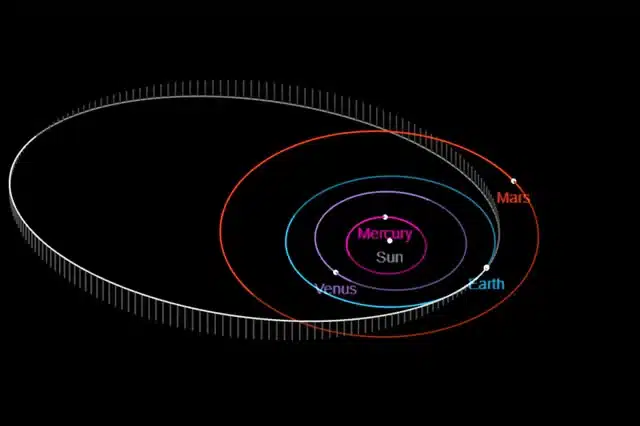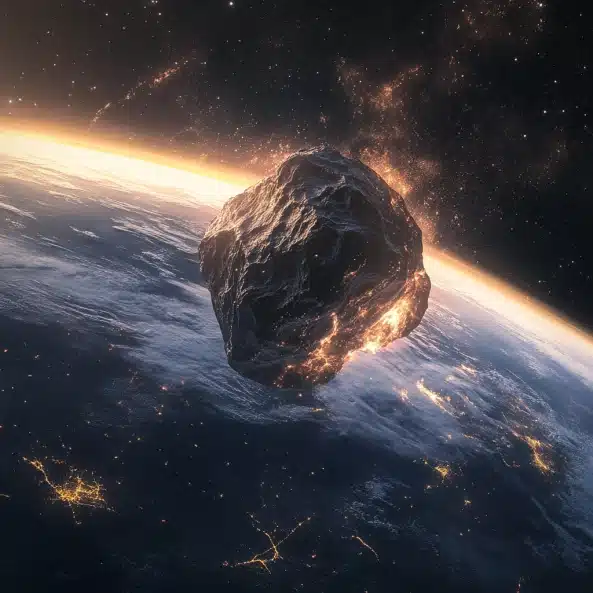NASA breathes sigh of relief as stadium-sized asteroid skims Earth
- NASA warned that a 950ft asteroid was heading towards Earth
- The asteroid is named 2024 ON and skimmed Earth on Tuesday
- This space rock is 99% larger than most asteroids that pass near Earth
Published on Sep 20, 2024 at 5:55 PM (UTC+4)
by Daksh Chaudhary
Last updated on Sep 20, 2024 at 6:37 PM (UTC+4)
Edited by
Amelia Jean Hershman-Jones
NASA issued a warning earlier this week that a massive stadium-sized asteroid, named 2024 ON, was hurtling towards Earth.
This colossal space rock was approximately 950 feet in diameter.
It passed by Earth on Tuesday, September 17, coming within 1 million kilometers of our planet.
Considering the space rock was 99% larger than most asteroids that pass near Earth that’s a close shave- and it’s coming back.
DISCOVER SBX CARS: The global premium car auction platform powered by Supercar Blondie
A massive 2024 ON asteroid is approaching Earth
Despite its intimidating size and speed, the asteroid remained at a safe distance of 621,000 miles – about 2.6 times farther than the Moon.
Prior to the incident, NASA had assured the general public that there was no threat of collision – all thanks to their advanced tracking methods.
Asteroid Watch Dashboard is one of the key tools that the space agency uses to keep a check on Near-Earth Objects (NEOs), and this giant rock was no different.

2024 ON was first detected by NASA’s Near-Earth Object Observations Program, which uses powerful telescopes around the world.
And since the discovery of 2024 ON approaching Earth, NASA had been tirelessly tracking it, ensuring it wasn’t a major threat.
Interestingly, 2024 ON previously passed Earth in 2013 and is expected to make another appearance in 2035.
NASA had been working closely with other space agencies
As for the observation of its size, shape, and composition, The Jet Propulsion Laboratory (JPL) in California assisted NASA in the mission.
On top of that, they also worked closely with international partners like the European Space Agency (ESA) to gather more data about the asteroid and the materials that make it up.

This research is not only crucial in understanding potential future threats from 2024 ON, but also deepens our understanding of space and the solar system.
Unfortunately for space enthusiasts hoping to catch a glimpse of the colossal rock, it wasn’t visible to the naked eye and required a telescope.
However, those interested were able to catch the live coverage from the Virtual Telescope Project as the asteroid zipped by.
With NASA’s ongoing monitoring, they were able to assured human life on Earth there was no immediate reason for concern. Phew.
Another cosmic event on the line
In a cosmic coincidence, the approach of this colossal space rock coincided with another rare event – a partial lunar eclipse.
NASA’s efforts to understand space are unparalleled and not just limited to asteroid tracking.
Not long ago, they took a giant leap forward by proposing a new timekeeping system for the Moon.

They are even working on creating a lunar racer car to assist in the transportation of the astronauts to the currently unexplored places.





